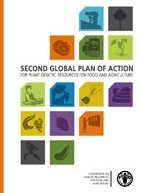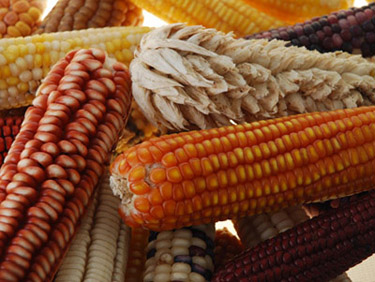Key Information
WIEWS provides access to official data on the implementation of the:
- Plant component of indicator 2.5.1 of the Sustainable Development Goal (SDG) 2, ZERO HUNGER (see also data displayed on maps);
- Second Global Plan of Action for PGRFA (Second GPA), its 18 priority activities and 58 monitoring indicators, agreed by the Commission on Genetic Resources for Food and Agriculture.
Key Publications

Second Global Plan of Action for PGRFA
The Second Global Plan of Action for Plant Genetic Resources for Food and Agriculture was adopted by the FAO Council at its 143rd Session in 2011. It updates the Global Plan of Action for Conservation and Sustainable Utilization of Plant Genetic Resources which was adopted at the Fourth International Technical Conference on Plant Genetic Resources held in Leipzig in 1996.
The Second Global Plan of Action addresses new challenges, such as climate change and food insecurity, as well as novel opportunities, including information, communication and molecular methodologies. It contains 18 priority activities grouped in four main areas: In situ Conservation and Management; Ex situ Conservation; Sustainable Use; and Building Sustainable Institutional and Human Capacities.

The Second Report on the State of the World's PGRFA
This Report is a comprehensive assessment of the state of conservation and use of PGRFA throughout the world. It highlights the central role plant genetic diversity continue to play in shaping agriculture growth in the face of climate change and other environmental challenges. It is based on information gathered from Country Reports, regional syntheses, thematic studies and scientific literature, documenting the major achievements made in this sector during the past decade and identifying the critical gaps and needs that should urgently be addressed.
The Report provided the decision-makers with a technical basis for updating the Global Plan of Action. It also aims to attract the attention of the global community to set priorities for the effective management of plant genetic resources for the future.

